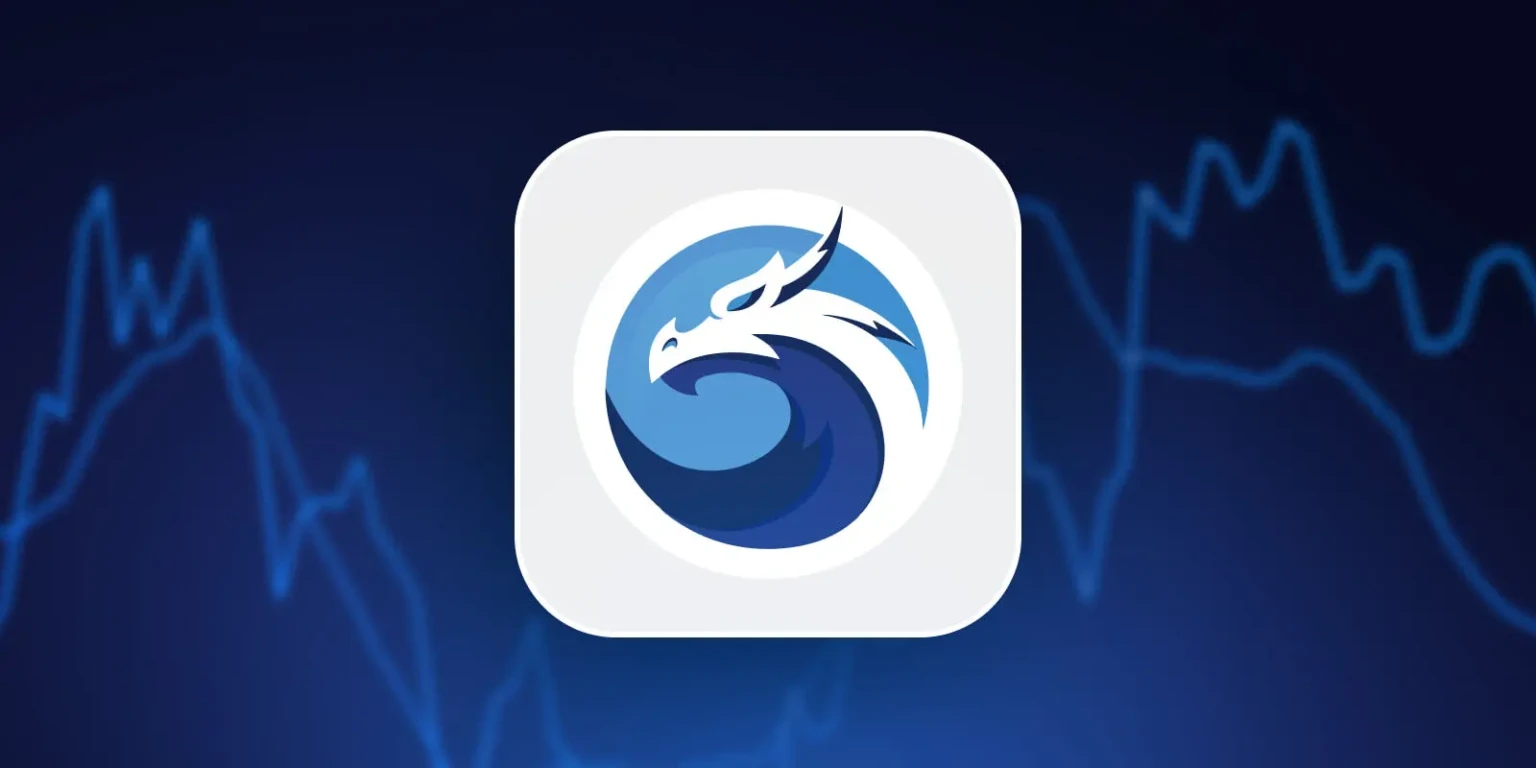How Does QuickSwap Work? Understanding the Polygon DEX
How does QuickSwap work, and why has it become one of the most popular decentralized exchanges (DEXs) in the Polygon ecosystem? As decentralized finance (DeFi) expands, QuickSwap offers traders and liquidity providers a low-cost, high-speed alternative to Ethereum-based platforms. This investigative article breaks down the protocol’s inner mechanics, from automated market making to governance, while examining the opportunities and risks that define its future.
What Is QuickSwap?
QuickSwap is a decentralized exchange built on the Polygon network (formerly Matic). It allows users to trade tokens without intermediaries, leveraging automated market maker (AMM) technology similar to Uniswap. But unlike Ethereum-based DEXs that often suffer from high gas fees, QuickSwap offers near-instant transactions and minimal fees thanks to Polygon’s Layer 2 scaling solution.
Key highlights:
- Native Token: QUICK powers governance and rewards.
- Low Costs: Transactions cost just fractions of a cent.
- AMM Model: Liquidity pools replace traditional order books.
The Core Mechanics: How Does QuickSwap Work?
At its heart, QuickSwap functions as an automated market maker. Instead of relying on buyers and sellers to match orders, it uses smart contracts to facilitate trades directly from liquidity pools. Here’s a closer look at its primary components.
Liquidity Pools and Token Pairs
Users supply token pairs—such as USDC/MATIC—to liquidity pools. These pools maintain a constant product formula (x * y = k), ensuring that token prices adjust dynamically based on supply and demand.
- Incentives: Liquidity providers earn a share of trading fees.
- Impermanent Loss: Providers face the risk of value shifts between paired assets.
Swapping Tokens
When a user swaps one token for another, QuickSwap’s smart contracts calculate the price using the pool’s ratio and a small trading fee (typically 0.3%). Transactions settle almost instantly thanks to Polygon’s Proof-of-Stake chain.
Yield Farming and Staking
QuickSwap users can stake their liquidity provider (LP) tokens to earn additional QUICK rewards. Staking incentivizes long-term liquidity and provides a way to compound returns.
Governance Through QUICK
QuickSwap’s governance model gives QUICK token holders the ability to propose and vote on protocol changes. This decentralized approach mirrors leading DeFi platforms like Uniswap, ensuring community-driven development.
Key governance elements:
- Proposal Voting: Protocol upgrades or fee structure changes.
- Treasury Management: Allocation of collected fees and incentives.
Security and Smart Contract Audits
Security remains paramount in DeFi. QuickSwap has undergone multiple audits by firms like CertiK, but no protocol is immune to risk. Smart contract vulnerabilities, flash loan attacks, or liquidity exploits remain possible. Traders and liquidity providers must conduct their own due diligence before committing funds.
Advantages of Using QuickSwap
- Low Fees: Polygon’s architecture allows for negligible transaction costs.
- Speed: Transactions settle in seconds, enhancing the trading experience.
- Broad Token Access: Supports a wide range of ERC-20 tokens bridged to Polygon.
Risks and Challenges
Despite its benefits, QuickSwap faces challenges common across DeFi:
- Market Volatility: Sudden token price swings can impact liquidity providers.
- Impermanent Loss: Providing liquidity to volatile pairs can erode returns.
- Regulatory Uncertainty: Evolving crypto regulations could affect DEX operations globally.
QuickSwap vs. Other DEXs
Compared to Ethereum-based DEXs like Uniswap or Sushiswap, QuickSwap stands out for its cost efficiency. Its Polygon base enables gas fees that are fractions of a cent, while Ethereum often sees fees of several dollars. However, Ethereum’s larger user base and deeper liquidity remain competitive advantages for older platforms.
FAQ: How Does QuickSwap Work?
Q1: How does QuickSwap work for beginners?
QuickSwap uses automated market maker (AMM) technology to allow direct token swaps from liquidity pools on Polygon, removing the need for traditional order books.
Q2: How does QuickSwap work with liquidity providers?
Liquidity providers deposit token pairs into pools, earning trading fees and potential QUICK token rewards, while facing impermanent loss risks.
Q3: How does QuickSwap work differently from Uniswap?
QuickSwap mirrors Uniswap’s AMM model but operates on Polygon, delivering faster transactions and lower fees compared to Ethereum’s network.
Q4: How does QuickSwap work for staking and farming?
Users can stake their LP tokens to farm QUICK rewards, enhancing returns beyond standard trading fees.
The Road Ahead: Analytical Outlook
How does QuickSwap work in shaping DeFi’s future? By leveraging Polygon’s scalability, it addresses Ethereum’s persistent cost and speed bottlenecks. As cross-chain interoperability grows and Layer 2 solutions mature, QuickSwap could attract even more liquidity and traders seeking efficiency. However, competition from emerging Layer 2 DEXs and evolving regulatory frameworks will test its resilience.
QuickSwap’s success ultimately hinges on continued innovation, strong community governance, and security diligence. For investors and traders, understanding how QuickSwap works today provides a lens into the broader trajectory of decentralized exchanges in a multi-chain future.

